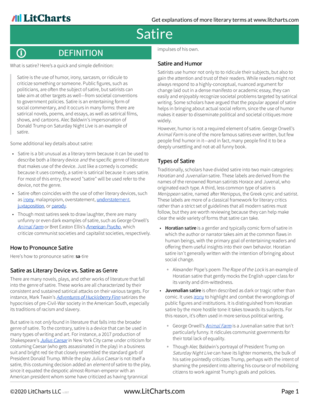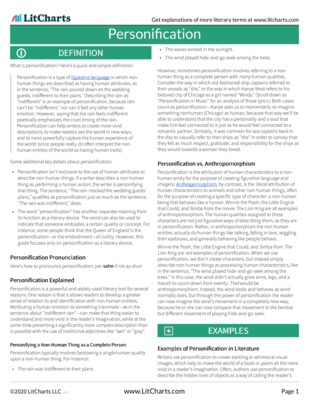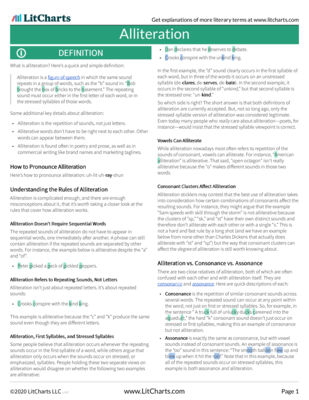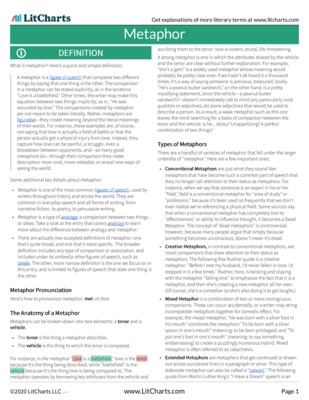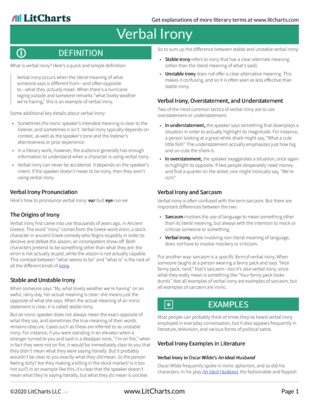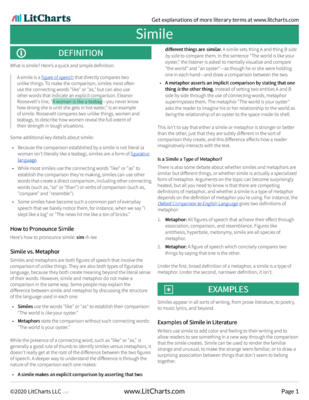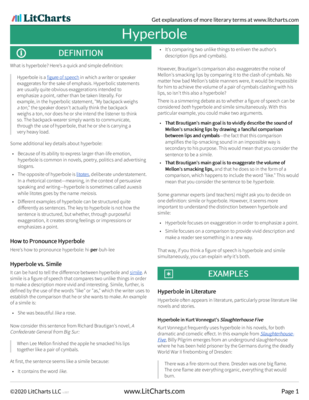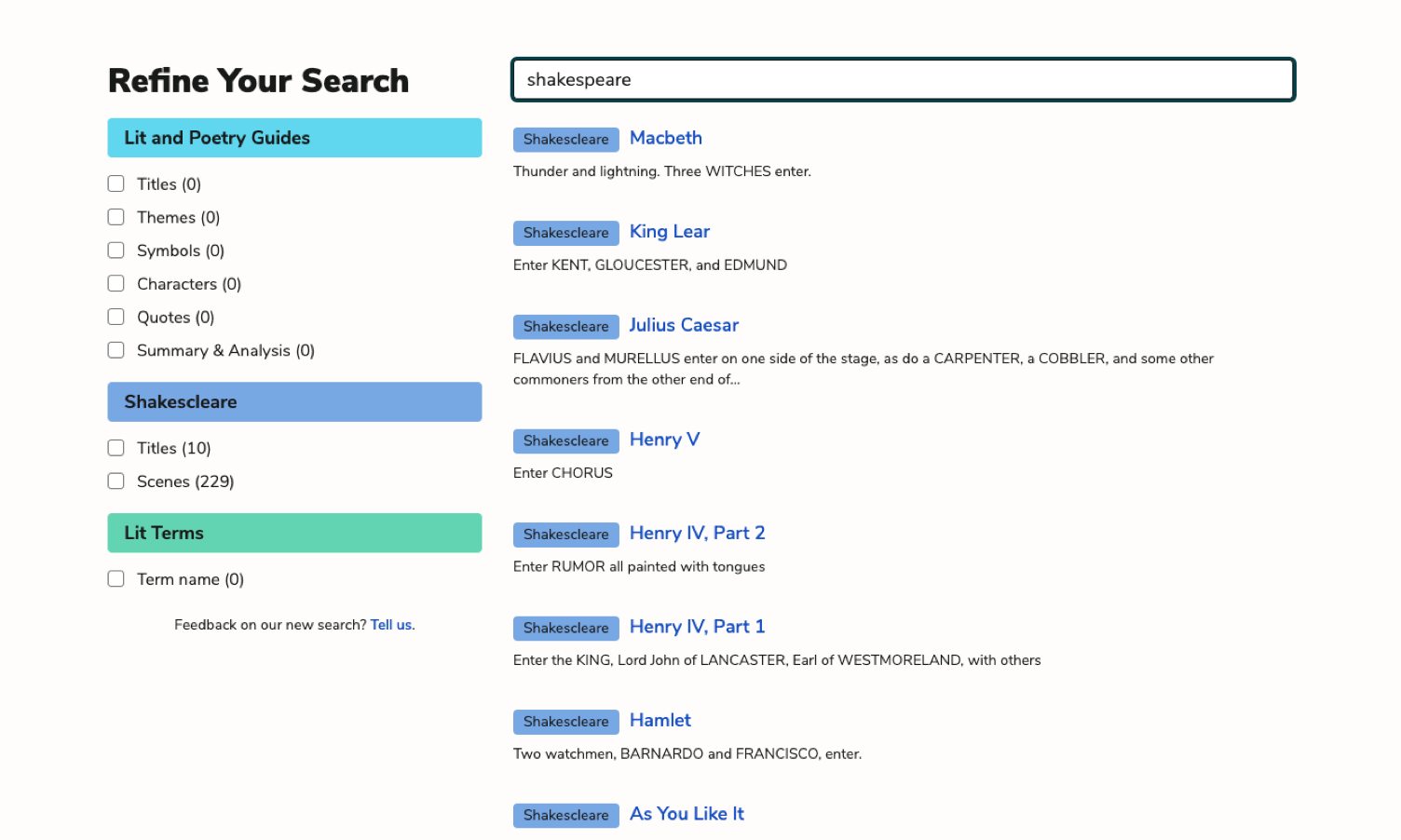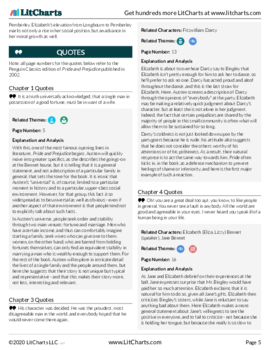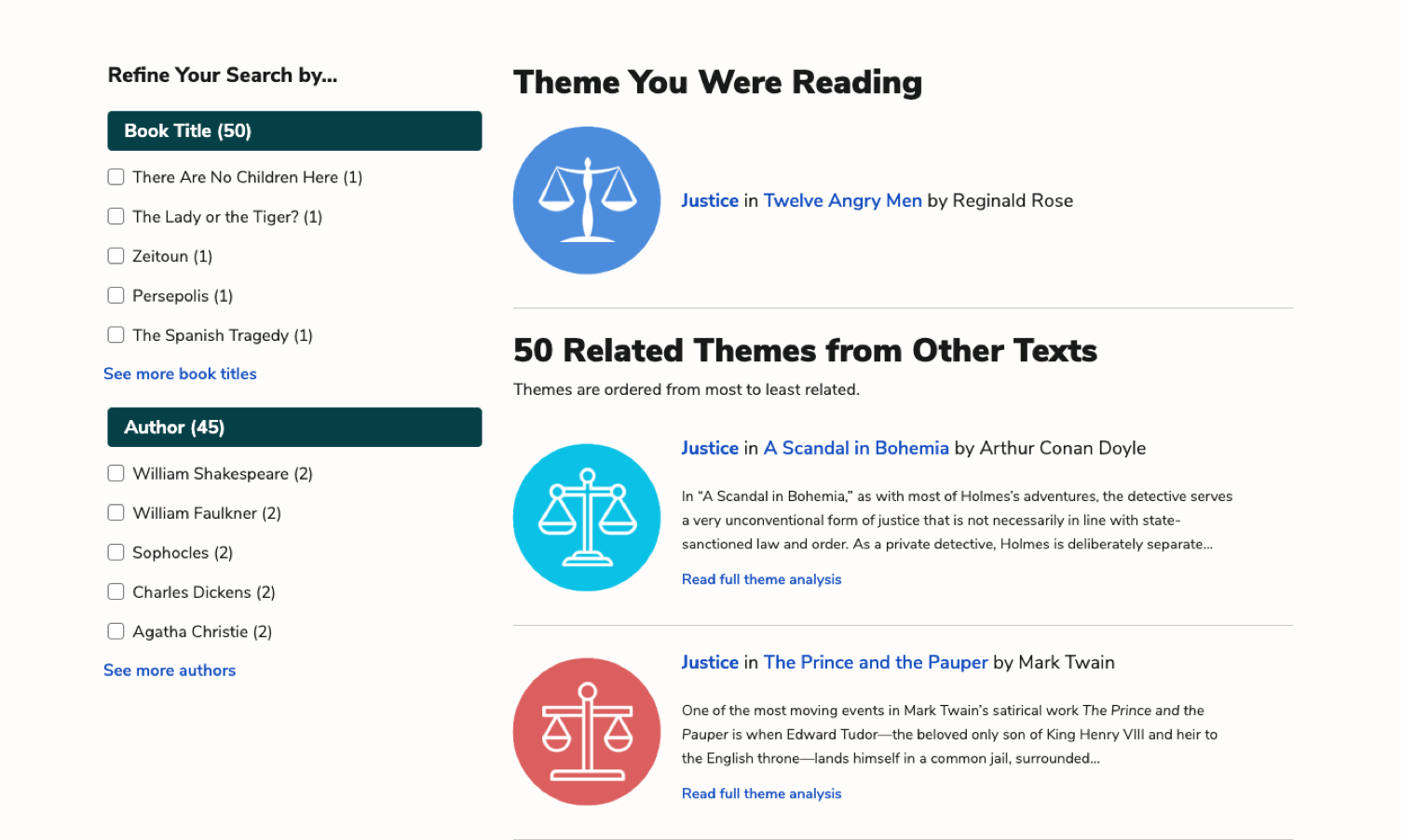- All's Well That Ends Well
- Antony and Cleopatra
- As You Like It
- The Comedy of Errors
- Coriolanus
- Cymbeline
- Hamlet
- Henry IV, Part 1
- Henry IV, Part 2
- Henry V
- Henry VI, Part 1
- Henry VI, Part 2
- Henry VI, Part 3
- Henry VIII
- Julius Caesar
- King John
- King Lear
- Love's Labor's Lost
- A Lover's Complaint
- Macbeth
- Measure for Measure
- The Merchant of Venice
- The Merry Wives of Windsor
- A Midsummer Night's Dream
- Much Ado About Nothing
- Othello
- Pericles
- The Rape of Lucrece
- Richard II
- Richard III
- Romeo and Juliet
- Shakespeare's Sonnets
- The Taming of the Shrew
- The Tempest
- Timon of Athens
- Titus Andronicus
- Troilus and Cressida
- Twelfth Night
- The Two Gentlemen of Verona
- Venus and Adonis
- The Winter's Tale
plus so much more...
-
End-Stopped Line
“Porphyria’s Lover” is a poem about control—and the lengths to which the speaker is willing to go to achieve it. The poem’s enjambments and end-stops often reflect that desire for control. For example, line 41-42 are both end-stopped:
No pain felt she;
I am quite sure she felt no pain.In these lines, the end-stops are definite and strong. They suggest that the speaker is unwilling to even imagine an alternative, to allow any doubt about his account of things. In this sense, the underline how he has taken control over Porphyria and excluded her personal experience from the poem.
Yet the poem's use of end-stops also registers the way that Porphyria’s presence upsets his control. The poem begins with five end-stops in a row. Only when Porphyria enters the poem in line 6 does the poem use enjambment for the first time. It then switches back and forth between enjambment and end-stop, almost as though the speaker and Porphyria are battling for control over the poem, the speaker trying to constrain the poem’s sentences and Porphyria, with her dynamism and energy pushing them past the boundaries of the line breaks.
One can see this struggle if one takes a closer look at the relationship between the poem’s rhyme scheme and its enjambments and end-stops. Poets often try to close a group of rhymes with an end-stop: doing so helps give the poem an internal structure. And “Porphyria’s Lover” starts out that way: when the speaker reaches the end of the first group of ABABB rhymes, in line 5, he also uses an end-stop: "I listened with heart fit to break." Porphyria’s entrance into the poem upsets that pattern: the next group of rhymes ends in line 10, but line 10 is enjambed—"...and from her form / Withdrew..."
Only in line 25, when the speaker fantasizes that Porphyria might “give herself to me forever,” does the speaker manage to end a group of rhymes with an end-stop. It is as though Porphyria’s independence, her energy and dynamism, upsets the control that the speaker wishes to assert over his own poem. But once the speaker gets Porphyria where he wants her, he reestablishes this control. After line 25, there's only one moment where the end of a group of rhymes doesn’t coincide with an end-stop: in line 50, where he lays her head on his shoulder. (Line 40 is technically end-stopped, but it may feel more like an enjambment because of the way the sentence continues in the next line—the speaker seems to almost lose control in that moment). In this moment, the speaker’s own passion and excitement seem to overcome his desire for control—ironically, right at the moment he achieves that control.

|
PDF downloads of all 3052 of our lit guides, poetry guides, Shakescleare translations, and literary terms.
PDF downloads of all 1908 LitCharts literature guides, and of every new one we publish.
Learn more
|

|
Explanations for every quote we cover.
Detailed quotes explanations (and citation info) for every important quote on the site.
Learn more
|

|
Instant PDF downloads of 136 literary devices and terms.
Definitions and examples for 136 literary devices and terms. Instant PDF downloads.
Learn more
|

|
Compare and contrast related themes.
Compare and contrast Related Themes across different books.
Learn more
|

|
Teacher Editions for all 1908 titles we cover.
LitCharts Teacher Editions for every title we cover.
Learn more
|

|
PDFs of modern translations of every Shakespeare play and poem.
PDFs of modern translations of every Shakespeare play and poem.
Learn more
|

|
Advanced search across our collection.
Advanced Search. Find themes, quotes, symbols, and characters across our collection.
Learn more
|

|
Line-by-line explanations, plus analysis of poetic devices for lyric poems we cover.
Line-by-line explanations, plus analysis of poetic devices for every lyric poem we cover.
Learn more
|


For every lyric poem we cover.
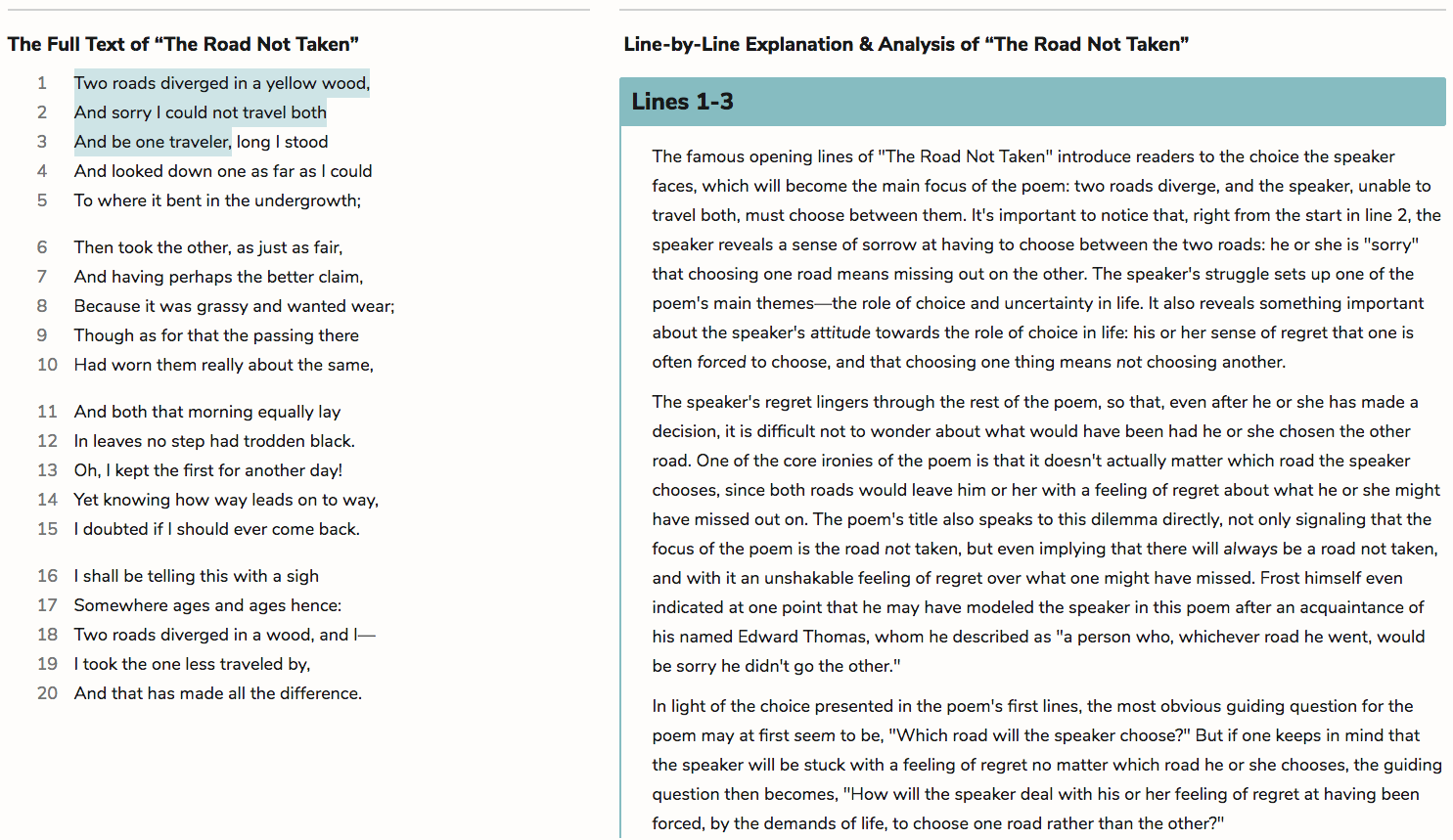


Literature Guide PDFs
LitCharts PDFs for every book you'll read this year.
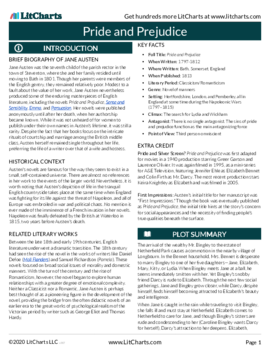


Quotes Explanations
For all 42,183 quotes we cover.
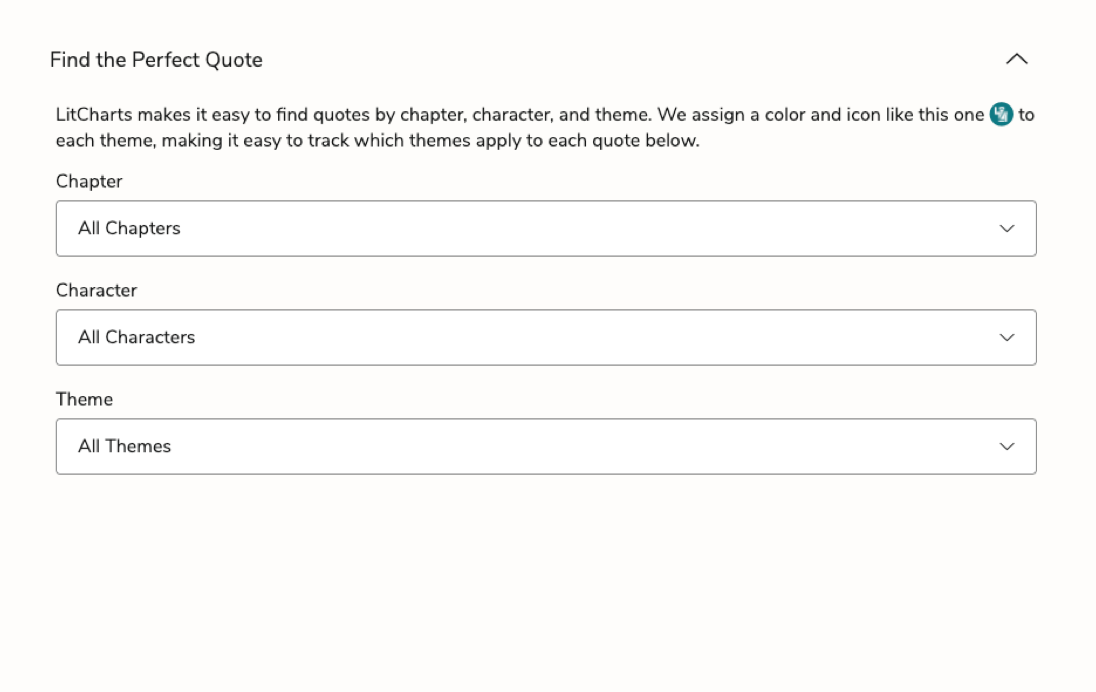
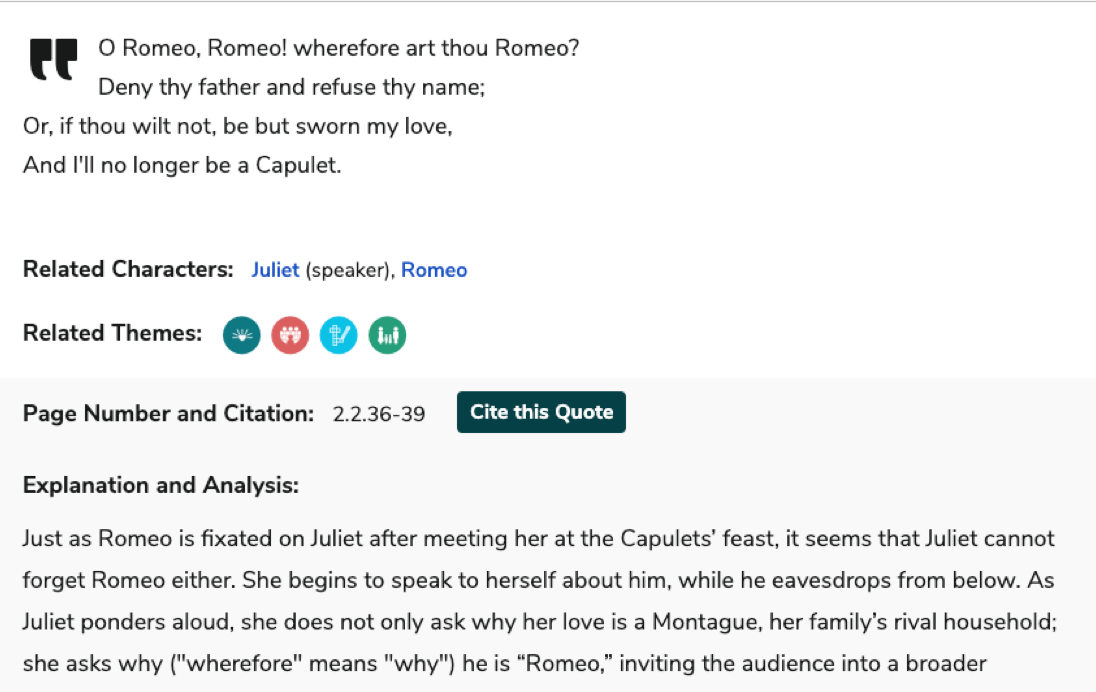
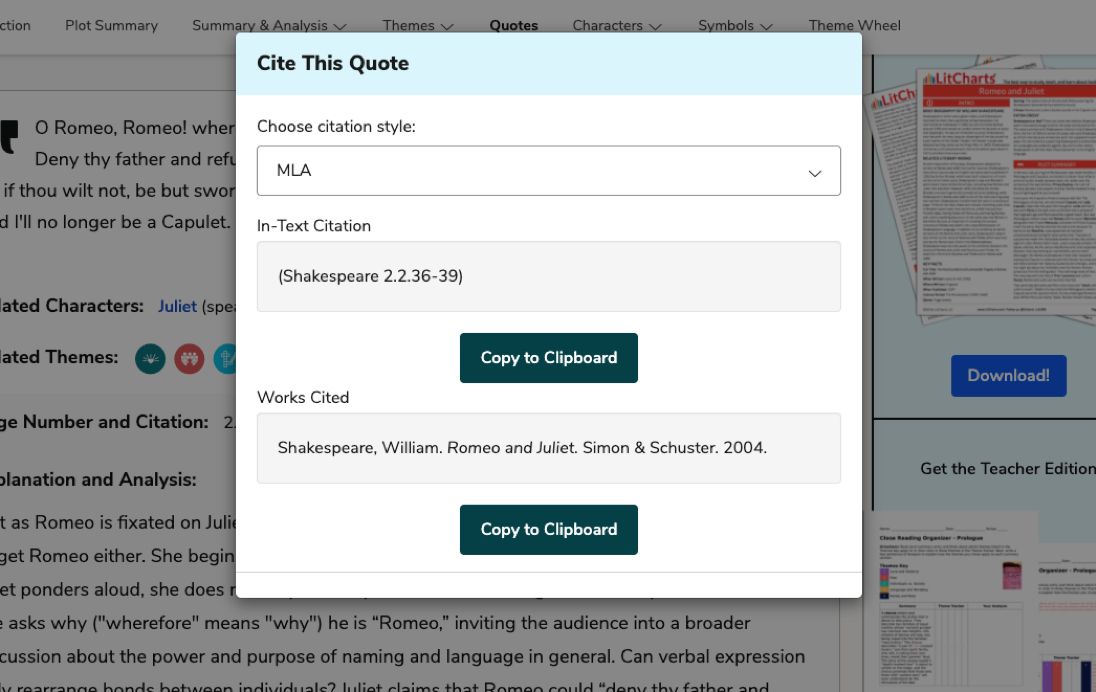


Teacher Editions
Time saved for teachers.
For every book we cover.
Common Core-aligned



PDFs of modern translations of every one of Shakespeare's 37 plays, 154 sonnets, and 3 longer poems.


Plus a quick-reference PDF with concise definitions of all 136 terms in one place.
